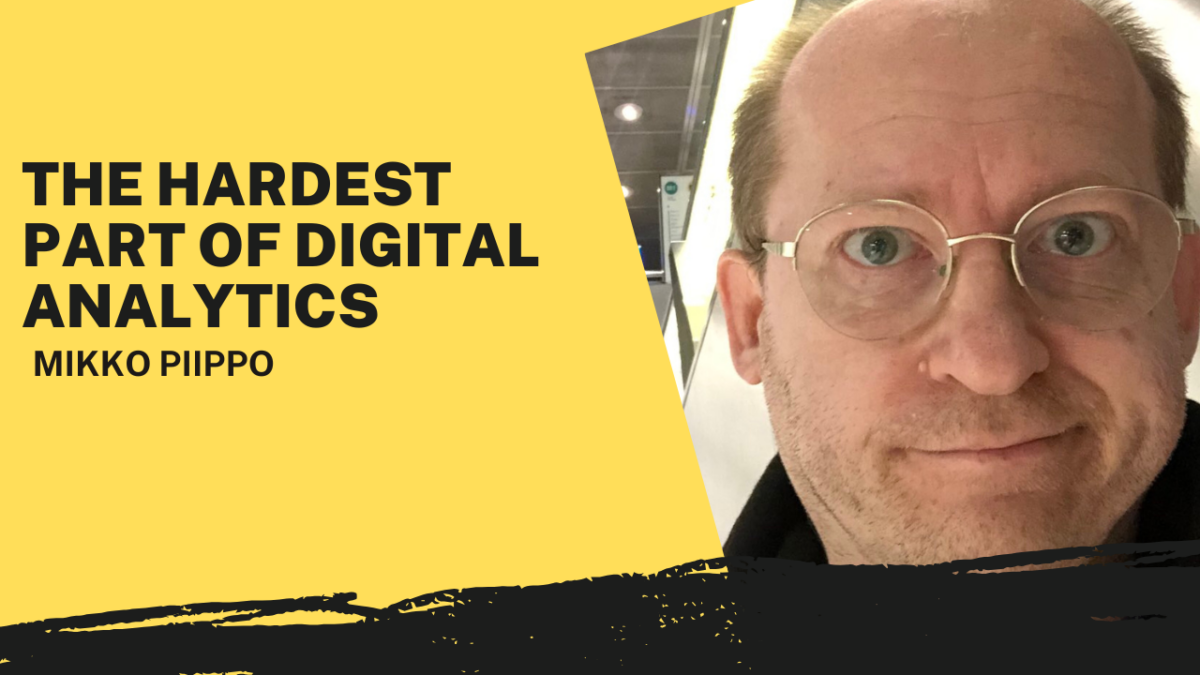In digital analytics, the technical side of the work is rarely the biggest challenge.
Data collection can be complex, requiring tracking, tag management, and data governance. However, analysts generally know what to do.
Even analysis itself follows a structured process. We examine trends, compare segments, and interpret patterns in user behaviour. Sometimes, we use econometric methods for more hidden findings.
The challenge of selling recommendations
However, the real challenge doesn’t come from the data. It comes from getting others to act on it.
No matter how actionable our insights and recommendations are, the stakeholders won’t act.
The most challenging aspect of digital analytics is selling our ideas and convincing stakeholders to take action based on our insights.
Opportunities for improvement often require changes to marketing strategy, website functionality, or even advertising budget allocation.
This is where we run into resistance.
The risk of testing
Every analyst knows that digital marketing should be optimised continuously.
Yet, getting marketing managers or executives to agree to experiments—such as reallocating a portion of their advertising spend—is often met with hesitation.
Why? Because testing involves risk.
A test is always a risk.
It could prove that the current strategy was wrong. And few people want to admit this—there are always reputational and political risks in challenging the status quo.
There are costs involved. Whether it’s the cost of implementation, lost revenue from a failed test, or the time spent running the experiment, every test comes with an investment.
No one wants to be responsible for a failed experiment if the existing approach has ” worked well enough.”
In many cases, marketing managers are held accountable for short-term performance.
They have little reason to change anything if their incentives and targets do not encourage calculated risk-taking. This is especially true when advertising platforms report good results.
Overcoming resistance
Convincing people to take a risk is a real challenge. Stakeholders often hesitate even when the data strongly suggests that a new approach could lead to better results.
The fear of failure, the comfort of familiar strategies, and the pressure to meet short-term targets all contribute to resistance.
“Don’t fix it if we don’t know it is broken for sure.”
So, how do we sell our ideas in a risk-averse environment?
- Frame experimentation as a learning investment. Instead of focusing on uncertainty, position tests as a way to reduce long-term risk. The more we test, the more we understand what works. Also, keeping the status quo is a risk.
- Start small. Propose a small test rather than a full-scale change. A controlled A/B test with a limited percentage of the budget is easier to approve and minimises downside risk.
- Align with business goals. Show how the experiment ties directly to revenue growth, cost efficiency, or customer acquisition. The more we connect tests to business priorities, the less they feel like unnecessary risks.
- Use competitor insights. If others in the industry already use similar strategies, use that as an argument to push for testing. No one wants to fall behind the competition.
- Create a culture of experimentation. The most successful digital organisations view testing as a regular part of decision-making, not an exception. When experimentation becomes the default approach, resistance naturally decreases.
This sounds easy, but nothing could be further from the truth.
We struggle daily when pitching our ideas.
Getting a buy-in is the hardest part of the trade
The hardest part of the job isn’t handling the data. It’s persuading stakeholders to take action based on insights. Even the best analysis can go to waste without a willingness to test.
Selling our ideas is the real challenge, and learning to do it well is what separates great analysts from the rest.
And I’m not yet there.
